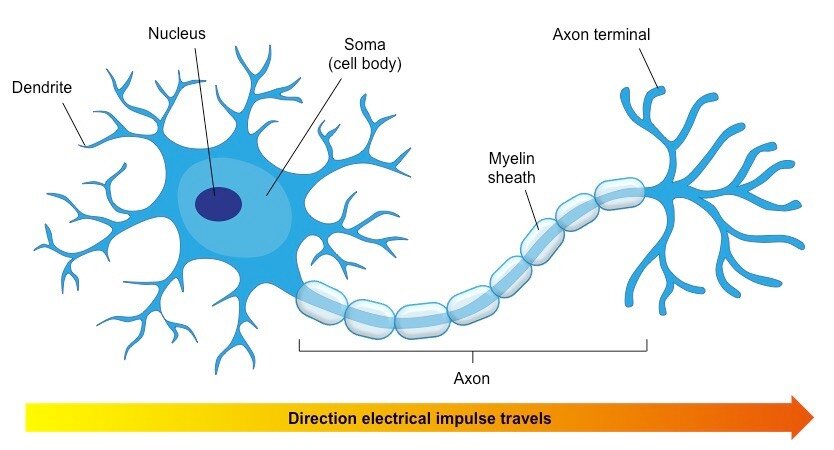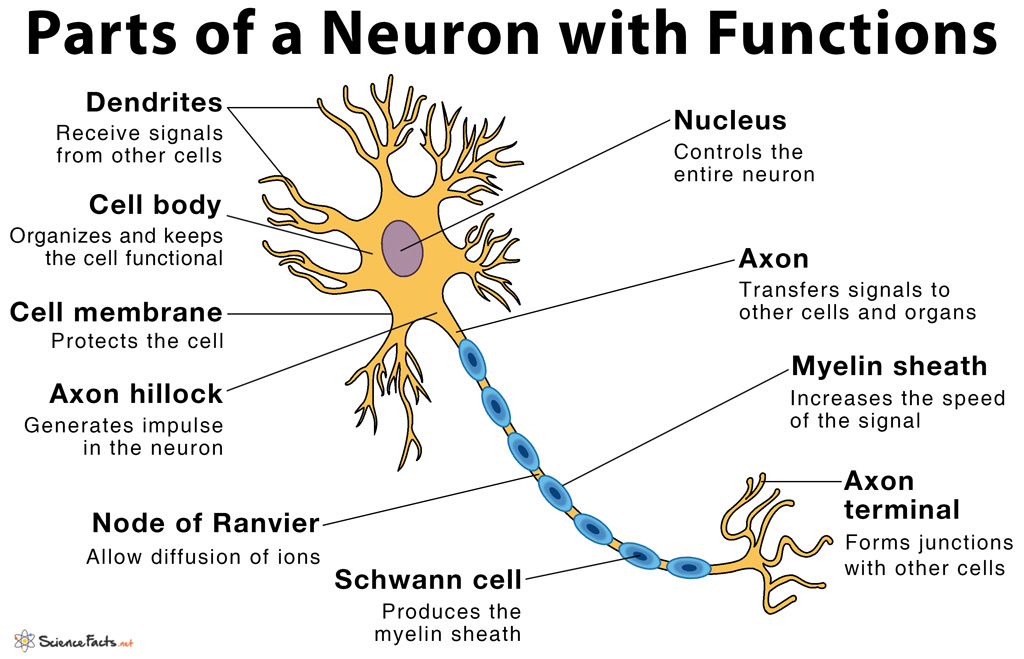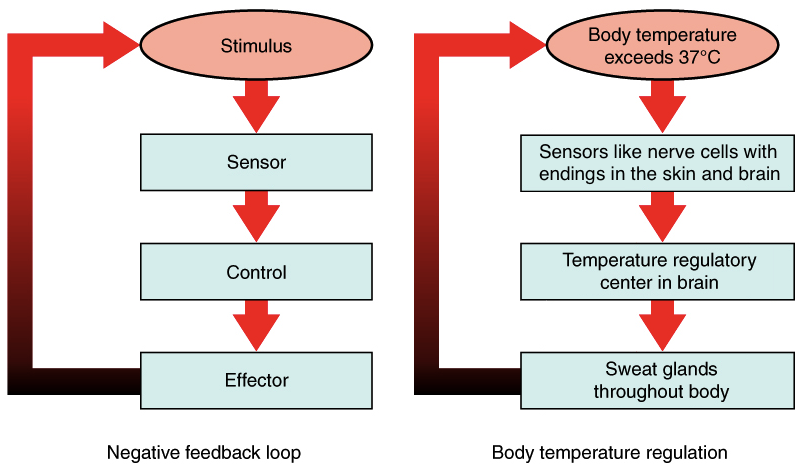D3.2 Homeostasis
Homostasis is the maintence of the internal environment — keep it in a very small range of conditions
some examples are glucose concentration, blood water levels, blood ph and body temperature
Regulation of blood glucose as an example of the role of hormones in homeostasis
we need glucose for respiration to make atp but we don’t want to have high levels of glucose because it can damage cells, so it needs to make it regulated and in a stable range. blood glucose will fluctuate during periods of the day
2 hormones that are antogonistic (opposite effects)
insulin and glucogen
both come from the pancreas and they comme from the islets of langerham and they act on the liver. there are 2 types of cells in pancreas; alpha cells and beta cells.
High glucose levels (for example after a meal)
insulin from the beta cells from the pancrease by stimulating the liver to produce glycogen which means glucose decreases and increases the rate of gluvose breakdown (by increaseing cell respirtation rates)
insulin tells adipose tissue to store glucose in the form glycogen
low glucose levels (for example, excercise)
glucogen is released from alpha cells of the pancreas and cause an increase in blood glucose concentration
glucogen stimulates glycogen to breakdown to glucose which gets released into the blood stream and increeasing the glucose levels
glucose is usable energy, glcyogen is the stored form of glucose, glucagon is the hormone that increase glucose levels
negative feeback loop - put it into a set level
positive feedback loop (NaK, membrane ) - keeps the change going
physiological changes that form the basis of type 1 and type 2 diabetes
metabolic disorder that results from a high blood glucose concentration over a prolonged period is diabetes
there are 2 types
type 1- body cannot produce insluin
type 2- body fails to respond to insulin production (insulin resistance)— environmental changes, non-communicable disease
it is treated with either insulin injections (type 1 only) or by carefully monitoring and controlling dietary intake (type 2)
Type 1 | Type 2 | |
|---|---|---|
age onset (generally) | usually occurs during childhood early onset | usually when ur older aged 30 ++ |
cause | abnormality in pancreas and inabillity to produce insulin caused by the destruction of beta cells (autoimmune) | environmental changes body does not respond to insulin production caused by the down regulation of insulin receptors |
treatment | insulin injections to regulate blood glucose | monitering and controlling dietary intakes as well as regulating lifestyle choices |
thermoregulation as an example of a negative feedback loop
Responses to the cold | Responses to the heat |
|---|---|
Vasocontradiction muscles surrounding arterioles contract and blood flow decreases. less blood flow to the skin and less heat is lost from the body | Vasodilation muscles surrounding arterioles relax and blood flow is increased. more blood flow to the skin and heat is lost to the external environment |
Shivering muscles contract to cause movement a side effect tof the movement is a heat production | Sweating wagter evaporates from the surface of ths kin water has a high latenet heat of vaporisation and evaporation of water causes a cooling effect. blood flowing through the skin loses heat and then cooles other part of the body sweat production is controlled by the hypothalamous |
Uncoupled respiration lots more mitochondria than regular fat so fat tissue has more atp, more heat production | |
Hair erection (goosebumps) erector muscles in the skin can make hair on the skin stand up. |


